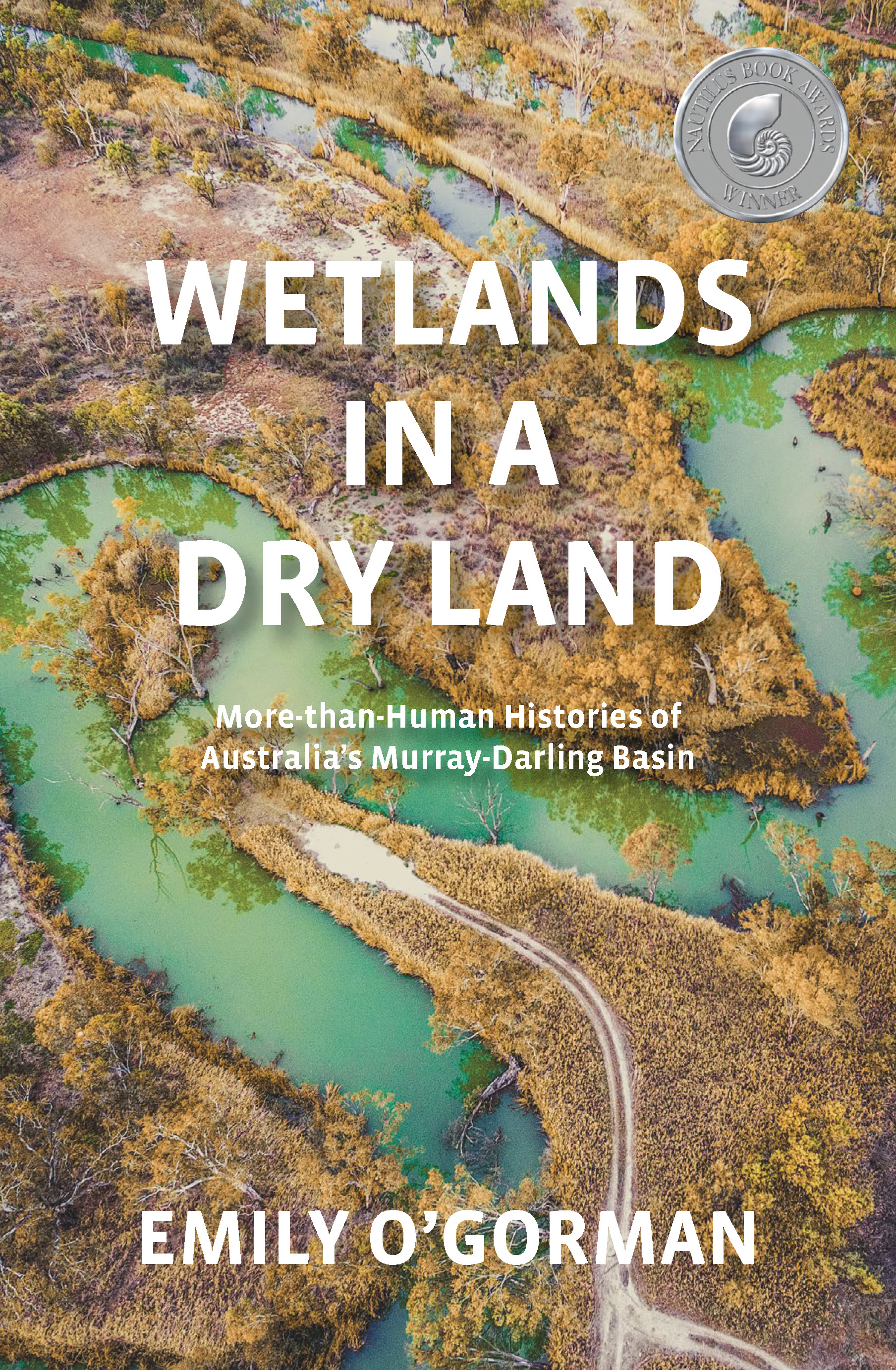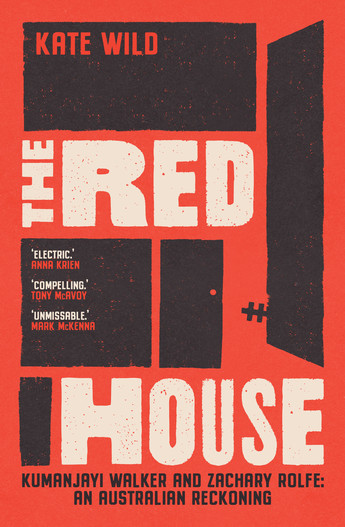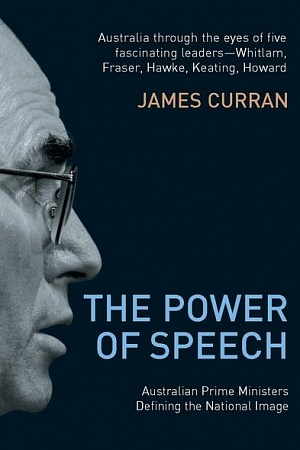Wetlands in a Dry Land: More-than-human histories of Australia’s Murray-Darling Basin
Melbourne University Press, $39.99 pb, 288 pp
Whose wetlands?
The Iranian city of Ramsar, overlooking the Caspian Sea, was the site of a meeting that brought together delegates from around the world at the beginning of 1971. The meeting was held to determine the future global management of the world’s few remaining wetlands, vital habitats for transnational migratory bird species such as Latham’s Snipe (Gallinago hardwickii), which fly annually between Australia and Japan.
Seven nations, including Australia, were signatories to the Ramsar Convention when it was first ratified in 1975, offering crucial protection to wetland areas otherwise vulnerable to infilling and urbanisation. Today, Australia hosts sixty-seven Ramsar sites, which cover almost 8.4 million hectares. The treaty holds significance for Australia on multiple fronts. It is a framework through which Australia can collaborate on the world stage, and, as Emily O’Gorman shows in her new book, it offers one definition for ‘what counts as a wetland’.
Continue reading for only $10 per month. Subscribe and gain full access to Australian Book Review. Already a subscriber? Sign in. If you need assistance, feel free to contact us.












Leave a comment
If you are an ABR subscriber, you will need to sign in to post a comment.
If you have forgotten your sign in details, or if you receive an error message when trying to submit your comment, please email your comment (and the name of the article to which it relates) to ABR Comments. We will review your comment and, subject to approval, we will post it under your name.
Please note that all comments must be approved by ABR and comply with our Terms & Conditions.